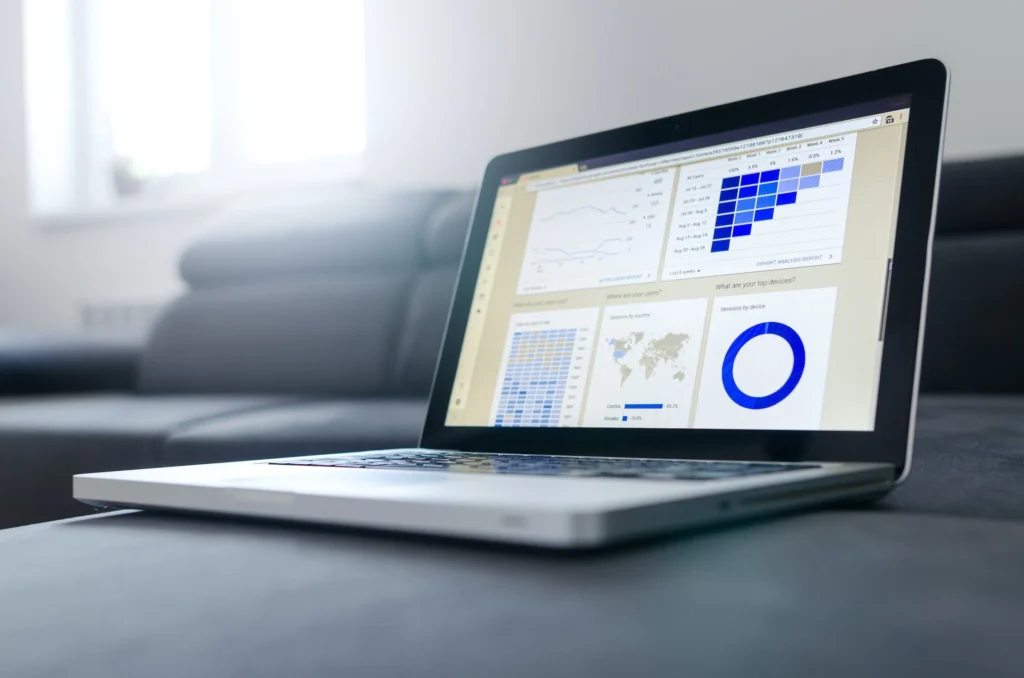Learning analytics is the process of collecting, analyzing, and reporting data about learners and their learning experiences.
New to instructional design? Start here.
These learning analytics are a powerful tools for instructional designers, as it allows them to gather data about learner behavior, performance and engagement and use it to inform the design of effective learning experiences. Instructional designers can use analytics to;
- Track learner progress: Instructional designers could identify areas where learners may be struggling and make adjustments to the course as needed.
- Assess learner engagement: Analytics can be used to assess how often learners access the course, how long they spend on each activity, and whether they participate in discussions or other collaborative activities.
- Evaluate the effectiveness of different teaching strategies: It is possible to compare the performance of learners who are using different teaching strategies, such as different types of assessment, different instructional materials, or different approaches to feedback and identify which strategies are most effective.
- Analyze learner feedback: Comments and ratings provided by learners in course evaluations can help to identify areas where learners are experiencing difficulties.
There are a variety of tools and technologies available to support learning analytics, including learning management systems, analytics platforms, and data visualization tools. However, collecting data about your learner doesn’t need to be complicated, here are some additional ways to gather data;
- Surveys: Online or in-person surveys can include a variety of question types, such as multiple choice, open-ended, or rating scales.
- Focus groups: Invite a small group of learners or stakeholders who to discuss and provide feedback on a particular topic or issue.
- Interviews: One-to-one conversations can be conducted in-person or online, and can be structured or unstructured, allowing the conversation to flow more naturally.
- Observations: Simply watching and recording the behavior of learners or stakeholders as they engage in a particular activity or task.
- Performance data: Evaluate assessments, projects, or other tasks through a variety of methods, online assessments, grading rubrics, or portfolios.
These methods collect, organize and analyze data about learner behavior and performance, and they can be particularly useful for large-scale learning programs where manually collecting and analyzing data would be time-consuming and resource-intensive.
Overall, learning analytics provide instructional designers with the data they need to create effective and engaging learning experiences for their learners. By using learning analytics to understand learner needs, assess the effectiveness of learning interventions, and continuously improve their materials and programs, instructional designers can ensure that their learners are getting the most value from their learning experiences.


